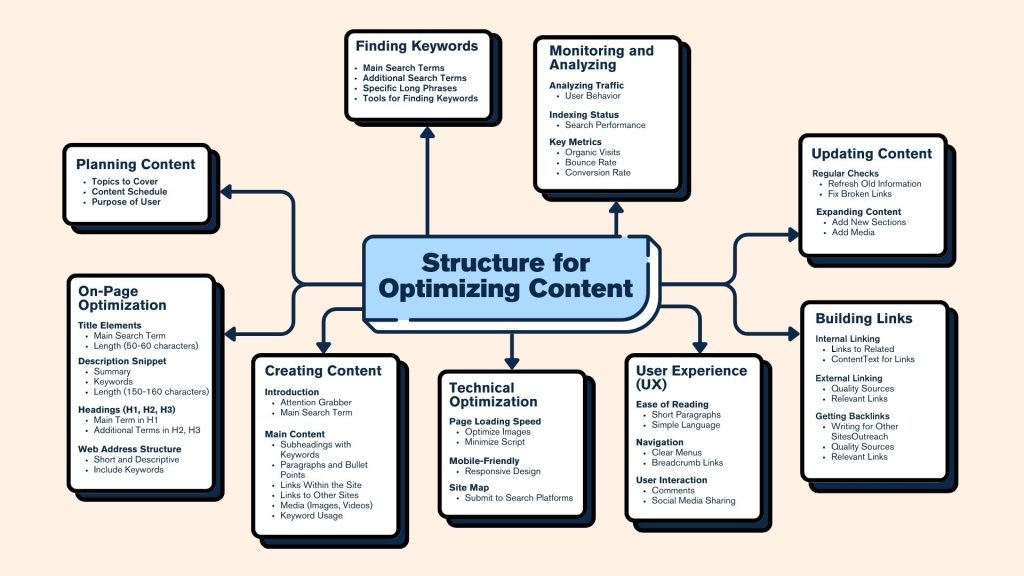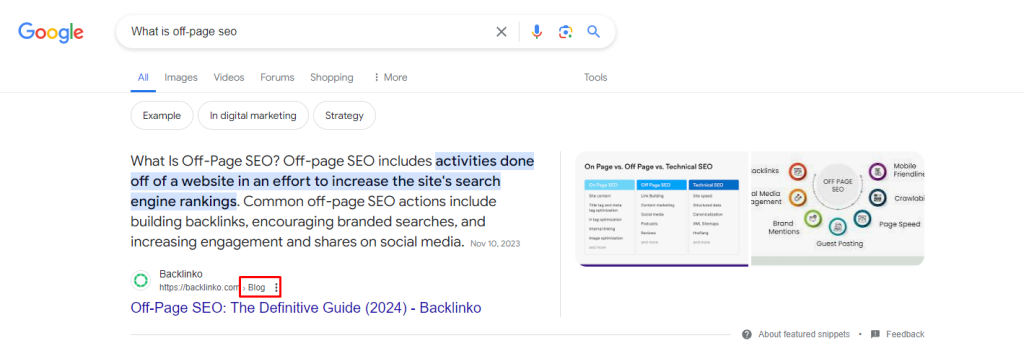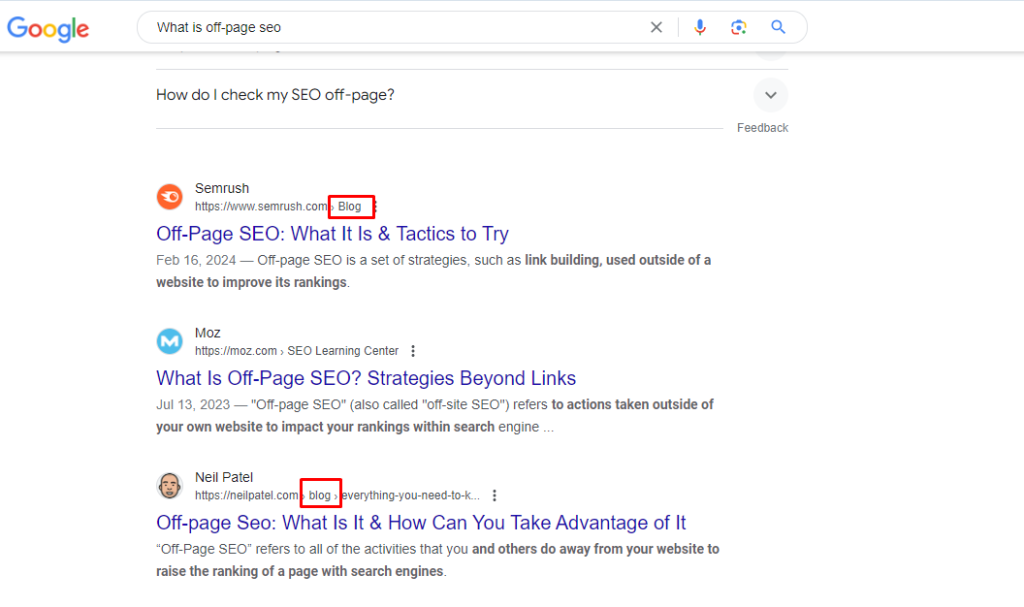Is your website failing to convert visitors into leads & sales?
You’re not alone.
Statistics unveil that almost 80% of leads don’t translate into conversions.
Businesses struggle to bridge the gap between website traffic & lead generation.
It’s a common frustration, but don’t worry – we’ve got you covered.
Strategic and intent driven content optimization is the best way to transform your online presence from a ghost town into a well-reputed marketplace.
But how to optimize your site’s content for conversions?
In this guide, we’ll dive into the art of optimizing the content of your website for lead generation & conversions.
We’ll explore proven content optimization strategies to turn your site from a passive information platform into a lead-generation machine.
Without further ado, let’s jump right in.
What is website content optimization?

Website content optimization is the practice of fine-tuning your content to make it more relevant to visitors & search engines.
You can increase your site’s chances of being found by your target audience by researching popular terms (keywords), structuring your content for easy readability, & a lot more.
Content optimization is the secret recipe for bringing your online presence to the next level, whether you want to increase traffic, engage users, or improve your site ranking.
Significance of optimizing site content
Content optimization is a must if you want to secure a top position in the SERPs (Search Engine Results Pages).
You might have written a remarkable copy from a reader’s perspective. But if you don’t optimize it for search engines like Google, you won’t be able to rank it & reach your potential prospect.
On the other hand, when you optimize your content for search engines, you make it easier & simpler for them to understand what your content is all about.
And guess what?
This leads to a higher ranking in search results.
Website content optimization is all about search engines.
Absolutely not!
It’s mainly about providing your readers with the best experience.
Informative, well-structured. & appealing content makes it easier for site visitors to find what they are looking for.
This glues them to your site, reducing its bounce rate.
So, it’s a win-win case for you.
Website content optimization strategies for lead generation & conversion
Here’s how to optimize your content so that it ranks on the first page of Google & converts visitors to customers:
1. Begin with keyword research
When you start optimizing your site content, the very first step you should take is keyword research. It will help you understand what terms & phrases your target audience is searching for online.
Equipped with these keywords, you can create content that resonates with what they are looking for.
This means your content is more likely to be found by your audience. Using the right keywords makes your website content relevant to your target audience.
Luckily, there is a wealth of keyword research tools that make finding keywords a simple task. Make sure you pick the keyword that has traffic potential. Just enter a seed keyword & get a list of keywords related to your site.
Choose keywords with high volume & low keyword difficulty (KD). Semrush defined keyword difficulty as “a metric that estimates how hard it is to earn a prominent, unpaid position for a given search engine query.”
2. Ensure your site content matches the search intent
If you fail to respond to what people are searching for, your content will not show up high on Google. This is because Google aims to provide users with the best answer to their searches.
Yes, Google focuses on the search intent.
What is search intent?
It is what the searcher is looking for when using Google or any other search engine.
The best way to figure this out is by looking at the top results on Google.
Here’s how you can do it:
- Content type
Look at the type of content in the top results. This could be landing pages, blog posts, product pages, etc).
If the majority of the results are landing pages, you should create them, too. Trying to rank for a blog post when everyone else has landing pages won’t work.
- Content angle
Now is the time to notice what makes the top content so special or popular. This could be straightforward methods, free delivery, or 50% discounts.
If your top competitors offer free delivery to their potential prospects, you should do the same.
- Content format
Check out how others presented the content. (e.g., blog posts, listicles).
If the top results are blog posts (How to Write a Killer Blog Post), then pen down a blog post. And if they are listicles, then make a listicle copy.
We’ve put this topic in Google’s search bar (What is off-page seo).
Now, let’s see the content format of competitors.
Here you go!

It’s a blog.


The content format of the majority of competitors is “Blog”.
Therefore, we’ll go for crafting a blog post.
This way, you can make sure your content matches what people are looking for.
End results?
You’ll have a better chance of ranking higher on Google.
3. Craft a compelling headline
Your site’s content’s headline is your first impression. With that in mind, you need to make them count.
Writing an irresistible headline isn’t a piece of cake.
There are several ways to craft a headline, like mentioning benefits, using strong verbs, utilizing powerful words, etc.
So, how to write a clickable headline?
It should be centered around how it will benefit readers. Avoid writing long headlines; they should be between 6 & 10 words. Add the target keyword to it.
It would be best to address customers’ pain points & the solution.
Get a sneak peek at these headlines:

We entered the keyword “Digital marketing services” in Google’s search bar & got these results.
These are the headlines businesses wrote for offering their services.
4. Write a comprehensive copy
You need to make sure your website content covers everything searchers want to know.
When it answers all the questions people have in their minds, they’ll find it helpful. Most importantly, they are more likely to stay on your site.
When you provide people with all the information they are looking for, they will trust you more.
As a result, they’ll come back to your site in the future to find valuable information. Additionally, they may tell others about you.
When they find every single piece of information they need on your site, they are more likely to do what you want them to do.
This could be purchasing your products, signing up for a newsletter, or contacting you.
5. Make your site content easy & fun to read
If your content is easy to read, people will want to stay on your site longer. As a result, they’ll get a chance to read more about how your business can help them brush off their pain points.
Simple words & clear sentences make it easier for everyone to comprehend what you are trying to say. This is super important because if people don’t understand, they’ll leave your site.
With that in mind, you should remove all clichés & rephrase complex sentences.
A rephraser online takes complicated text & rephrases it in simpler, more straightforward language. This makes your site content more reader-friendly & ensures that your message is clear & easy to understand.
In addition to simplifying the hard-to-read sentences, you should also include relevant images to make your content stunning.
And if your content is lengthier, including a table of contents is a smart move.
6. Implement clear Calls-to-Action (CTAs)
A strong CTA is your direct line to conversions.
Without a straightforward call to action, site visitors won’t know what to do next.
Therefore, you need to design visually appealing CTAs. Use contrasting colors & place these buttons strategically. For example, a bright red button that says “Get a Free Quote” stands out more than a plain link.
The wording of your CTA plays a crucial part. Use action-oriented language that conveys a sense of urgency, like “Download Now” or “40% Off Till Midnight.”
It would be best to include CTAs at several points within your content, especially at the end of posts.
7. Optimize your content for featured snippets
What are featured snippets?
These snippets are short pieces of text that appear at the top of Google’s results to respond to a user’s query in the shortest time possible.
There are a few benefits of optimizing your site content for featured snippets.
They allow you to get more clicks from the search results.
A study by Search Engine Land shows that featured snippets receive about 8% of total clicks.
Therefore, if your content succeeds in appearing in the featured snippet, you will be able to receive a significant boost in click-through rate (CTR).
How to optimize site content for featured snippets?
You should analyze search results containing featured snippets.
This way, you will be able to know what type of snippets Google wants to show.
8. Make sure your content is unique
Unique content builds trust with your potential prospects.
If readers find that your content is copied, they’ll likely lose trust in your brand. Oops!
Ensure your content is free from plagiarism.
How?
You can use plagiarism detection tools to identify any traces of plagiarism in your content. They compare your content against a library of existing content to find any similarities.
A plagiarism remover can help you make your text plagiarism free by rearranging the sentence structures & substituting words with the right synonyms. It rewrites the same information in a way that maintains the intended meaning but uses alternative words & structure.
Final Words
Here’s a quick recap of optimizing your site content for lead generation & conversions:
- Start with keyword research
- Make sure the content aligns with what people are looking for
- Write an enticing headline
- Write a detailed copy
- Make your content easy to read & scan
- Include action-oriented CTAs
- Focus on featured snippets
- Ensure your content is plagiarism-free
Armed with content optimization these strategies, you’ll be on your way to transforming your site into a lead magnet powerhouse. Happy content optimizing!